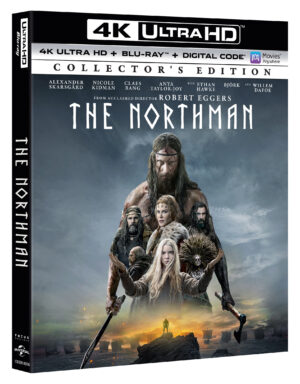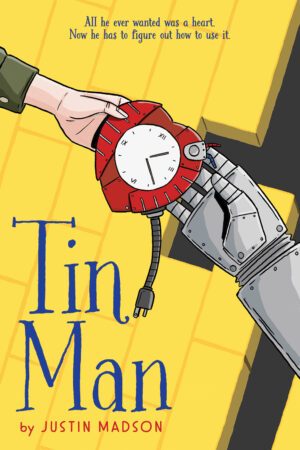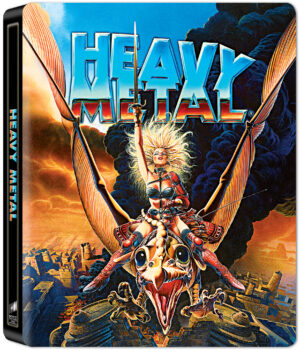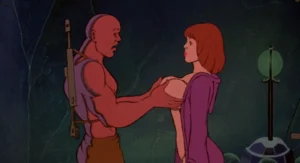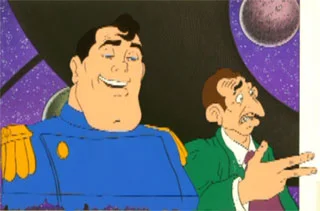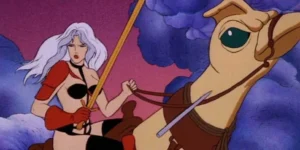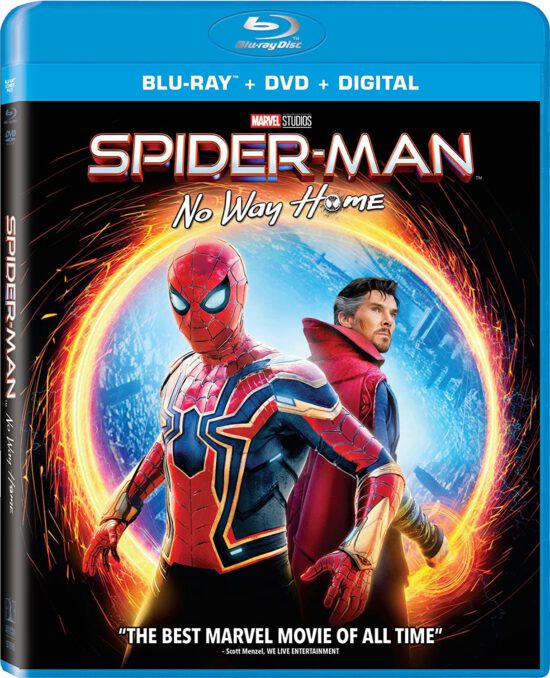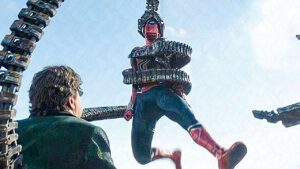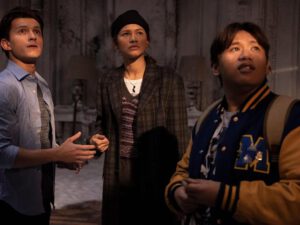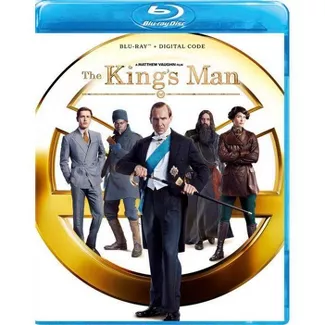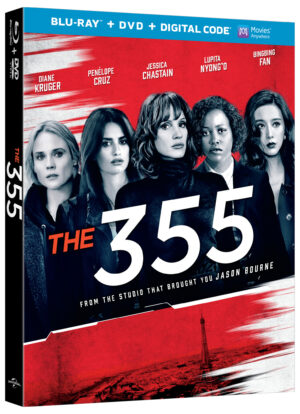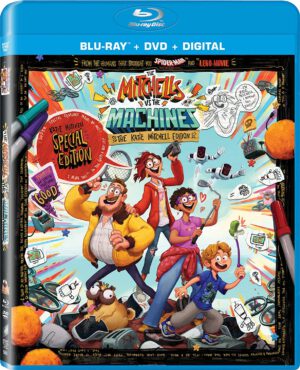REVIEW: The Unbearable Weight of Massive Talent
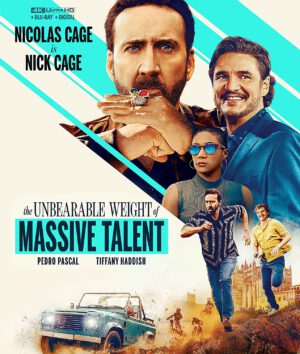
I admit I didn’t really notice Nicolas Cage (then billed as Nicola Coppola) in his debut, Fast Times at Ridgemont High, but I quickly became a fan after seeing him in 1984’s underrated Racing with the Moon. Since then, he has made dozens of movies, across the genres, going from romantic lead to tortured lead to action lead and back again.
Despite making all of these films, earning numerous nominations and earning an Academy Award, Golden Globe, Screen Actors Guild, and numerous local critics’ awards, Cage has never quite gotten the respect his work deserves. Some of that is because of questionable career choices as well as an outsized public life that has garnered embarrassing headlines and unwanted notoriety.
Along the way, he has become a beloved cult performer, with many enjoying his low budget efforts and others rooting for him to regain his peak performance. With age and experience has come a certain acceptance for his life and he’s come to lean in to the absurdity of his reputation. Which certainly explains his willingness to star in The Unbearable Weight of Massive Talent , out on disc now from Lionsgate Home Entertainment.
Written and directed by Tom Gormican, shooting only his second feature, the movie lampoons Cage’s personality as “Nick Cage”, an actor struggling with a stalled career. He has good credits, the requisite ex-wife and daughter, and is haunted by visions of his younger self. It is at this moment when retirement looks inviting but his agent (Neil Patrick Harris) convinces him to take $1 million payday to attend a fan’s birthday party.
This is not just any rich fan; Javi (Pedro Pascal) is a rich fan, whose infectious enthusiasm for Cage’s oeuvre, entices Cage to agree to help shoot a film from Javi’s loose script. To complicate matters, the CIA meets with Cage, informing him that Javi may be a film nerd, but is also an international criminal who likely kidnapped a Catalan politician’s daughter (Katrin Vankova) and they need his help. Agents Vivian Etten (Tiffany Haddish) and Martin Etten (Ike Barnholtz) work to get Cage ready for a new career: spy.
Yes, things are exaggerated and ridiculous but there’s a lot of self-knowing humor and homages to Cage’s career that make this an eminently watchable, fun film. By being a little all over the place, its broadness also diminishes its chance for being a sly sendup of the Cage persona.
The film is now available in a variety of media including the trustworthy 4K Ultra HD/Blu-ray, Digital HD code combo pack (always my preference). The 2160p transfer in 2.39:1 perfectly captures the bright sun-kissed shores of Majorca and the rugged Croatian terrain. As good as the 1080p Blu-ray is, you can see improvements in 4K. The Dolby Atmos keeps apace fairly well, making for solid home entertainment.
Given the subject and subject matter, I had hope for more amusing or inventive Special Features. We get Audio Commentary by Writer/Director Gormican and Co-Writer Kevin Etten; Deleted Scenes (4:53), with feature optional Audio Commentary; The Mind (6:38); Glimmers of a Bygone Cage (4:48); Everybody Needs a Javi (4:21); Nick, Nicky, and Sergio (4:33); Second Act Action (6:41); Cages 5 and Up (2:08); and the most engaging, SXSW Film Festival Q & A (15:48).


